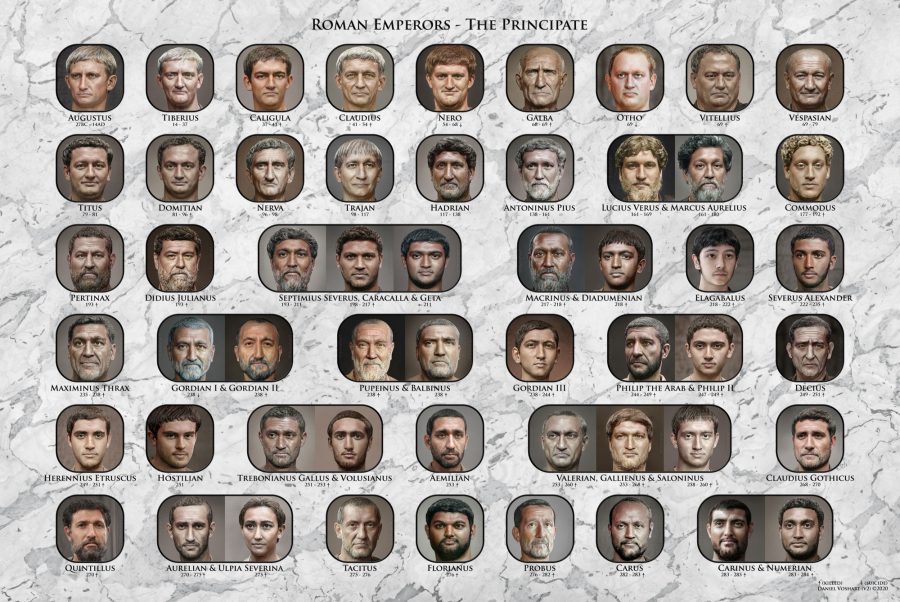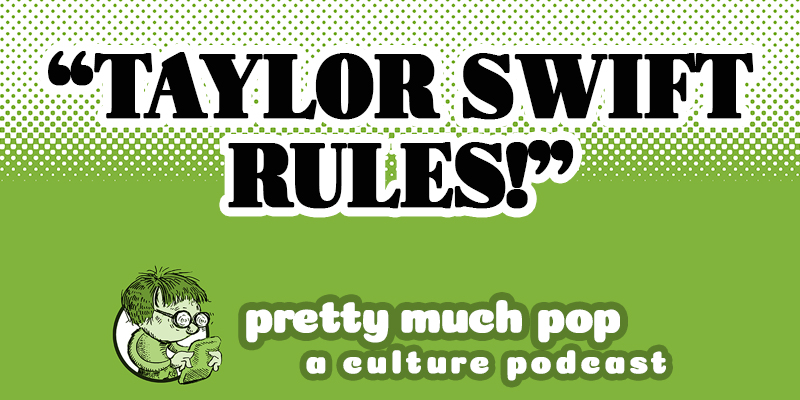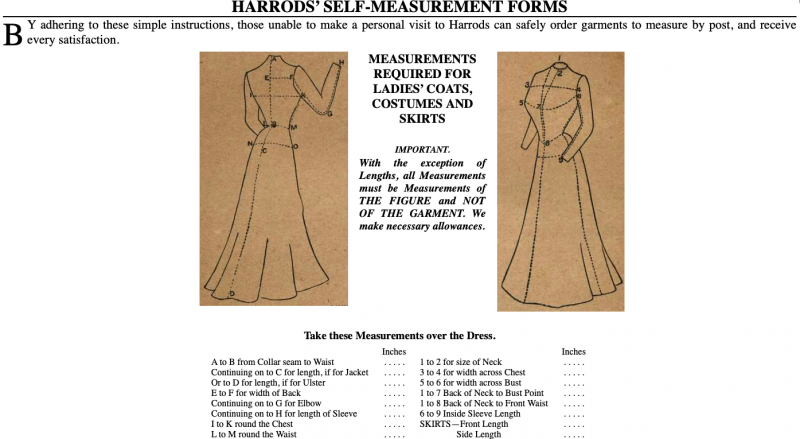![]()
The art of drawing is not the art of observing forms and objects alone, it is not mere mimicry of these objects; it is the art of knowing how far and wherein, and with what just limitations, those forms and objects can be reproduced in a picture, or in a decorative work. — Eugène Grasset, 1896
Flowers loomed large in Art Nouveau, from the voluptuous floral headpieces that crowned Alphonse Mucha’s female figures to the stained glass roses favored by architect Charles Rennie Mackintosh.
Graphic designer Eugène Grasset’s 1897 book, Plants and Their Application to Ornament, vividly demonstrates the ways in which nature was distilled into popular decorative motifs at the end of the 19th-century.
![]()
Twenty-four flowering plants were selected for consideration, from humble specimens like dandelions and thistle to such Art Nouveau heavy hitters as poppies and irises.
Each flower is represented by a realistic botanical study, with two additional color plates in which its form is flattened out and mined for its decorative, stylistic elements.
![]()
![]()
The plates were rendered by Grasset’s students at the École Guérin, young artists whom he had “forbidden to condescend to the art of base and servile imitation”:
The art of drawing is not the art of observing forms and objects alone, it is not mere mimicry of these objects; it is the art of knowing how far and wherein, and with what just limitations, those forms and objects can be reproduced in a picture, or in a decorative work.
He also expected students to hone their powers of observation through intense study of the organic structures that would provide their inspiration, becoming intimately acquainted with the character of petal, leaf, and stem:
Beautiful lines are the foundation of all beauty. In a work of art, whatever it be, apparent or hidden symmetry is the visible or secret cause of the pleasure we feel. Everything that is created must have some repetition in its parts to be understood, retained in the memory, and perceived as a whole
When it came to adorning household implements such as vases and plates, Grasset insisted that decorative elements exist in harmony with their hosts, sniping that any artist who would distort form with ill considered flourishes should make a bas-relief instead.
![]()
![]()
Thusly do chrysanthemum stems provide logical-looking ballast for a chandelier, and a dandelion’s curved leaves hug the contours of a table leg.
![]()
Grasset’s best known student, Maurice Pillard Verneuil, whose career spanned Art Nouveau to Art Deco, absorbed and articulated the master’s teachings:
It is no longer the nature (artists) see that they represent, that they transcribe, but the nature that they aspire to see; nature more perfect and more beautiful and of which they have the interior vision.
![]()
![]()
View Eugène Grasset’s Plants and Their Application to Ornament as part of the New York Public Library’s Digital Collections here. Or find illustrations at RawPixel.
Related Content:
Ayun Halliday is an author, illustrator, theater maker and Chief Primatologist of the East Village Inky zine. Follow her @AyunHalliday.


















